-
Save $20.00 USD

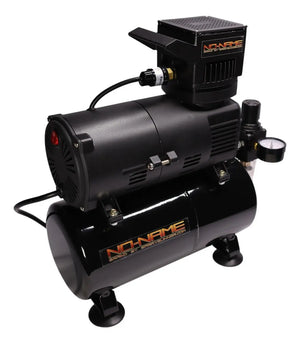 Vendor:NO-NAME brand
Vendor:NO-NAME brandCool Tooty Airbrush Compressor with Tank by NO-NAME Brand
Regular price $140.00 USDRegular price$160.00 USD-$20.00 USD Sale price $140.00 USD -
Sold out

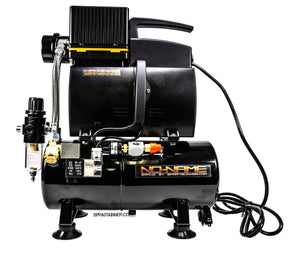 Vendor:NO-NAME brand
Vendor:NO-NAME brandSuper Cool Tooty OS Air Compressor by NO-NAME Brand
Regular price $185.00 USDRegular price -

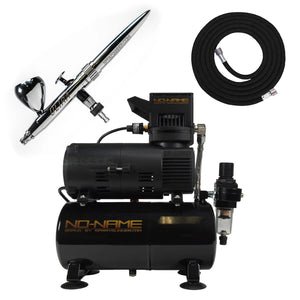 Vendor:NO-NAME brand
Vendor:NO-NAME brandNO-NAME Cool Tooty Air Compressor Set
Regular price From $180.00 USDRegular price -
Sold out

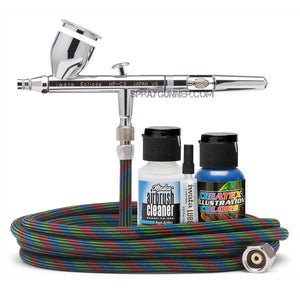 Vendor:Iwata
Vendor:IwataAirbrush Iwata Eclipse HP-CS Value Set
Regular price $180.50 USDRegular price -
Sold out
 Vendor:Iwata
Vendor:IwataIwata Deluxe Airbrush Kit with Eclipse HP-CS
Regular price $444.26 USDRegular price -

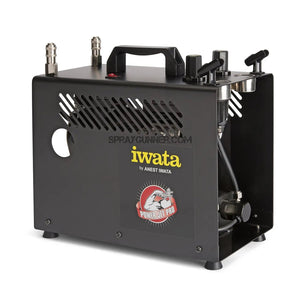 Vendor:Iwata
Vendor:IwataIwata Power Jet Pro 110-120V Airbrush Compressor
Regular price $520.50 USDRegular price -

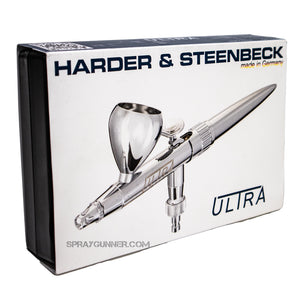 Vendor:NO-NAME brand
Vendor:NO-NAME brandNO-NAME Tooty Air Compressor ULTRA 2024 set
Regular price $275.00 USDRegular price -
Save $40.22 USD
 Vendor:Iwata
Vendor:IwataIwata Beginner Airbrush Kit with NEO CN
Regular price $299.78 USDRegular price$340.00 USD-$40.22 USD Sale price $299.78 USD -

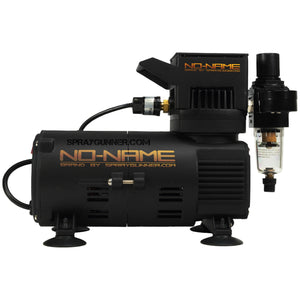 Vendor:NO-NAME brand
Vendor:NO-NAME brandNO-NAME Rooty Tooty ULTRA 2024 set
Regular price $229.00 USDRegular price -

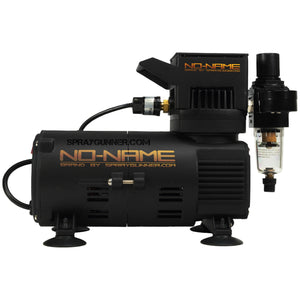 Vendor:NO-NAME brand
Vendor:NO-NAME brandNO-NAME Rooty Tooty ULTRA 2024 Plus Set
Regular price $239.00 USDRegular price -
Sold out

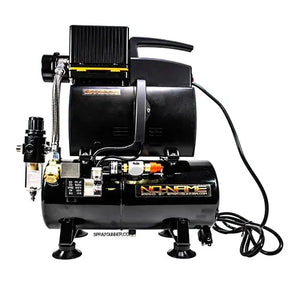 Vendor:NO-NAME brand
Vendor:NO-NAME brandSuper Cool Tooty OS Air Compressor by NO-NAME Brand + Minigun Bundle Set
Regular price $395.00 USDRegular price -
Save $218.50 USD
 Vendor:Iwata
Vendor:IwataIWATA Intro Airbrush Kit with Eclipse HP-BS
Regular price $420.00 USDRegular price$638.50 USD-$218.50 USD Sale price $420.00 USD -

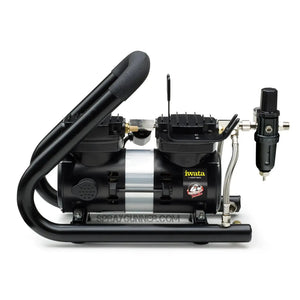 Vendor:Iwata
Vendor:IwataIwata Power Jet Plus Tubular 110-120V Airbrush Compressor
Regular price $487.50 USDRegular price -

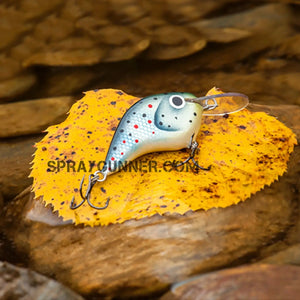 Vendor:Createx
Vendor:CreatexCreatex Wicked Fishing Lure Painting Set: Blue Craw Set FL-0005
Regular price $40.84 USDRegular price -

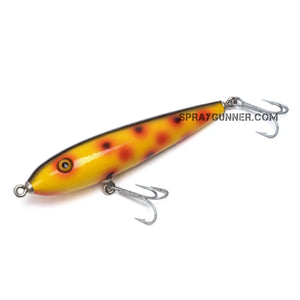 Vendor:Createx
Vendor:CreatexCreatex Wicked Fishing Lure Painting Set: Spring Craw FL-0004
Regular price $40.64 USDRegular price -
Sold out

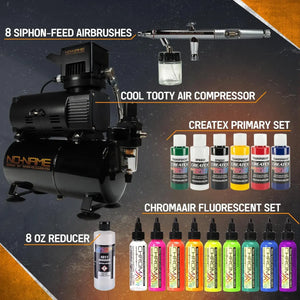 Vendor:NO-NAME brand
Vendor:NO-NAME brandProfessional Airbrush Art Kit: 8-Piece Siphon Feed Airbrush Set with Compressor
Regular price $449.87 USDRegular price -

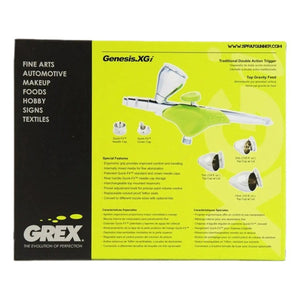 Vendor:Grex Airbrush
Vendor:Grex AirbrushGrex Gravity Feed Genesis Airbrush + Tooty Compressor Combo
Regular price $370.00 USDRegular price
Painting fishing lures with an airbrush is a fine art that combines precision, creativity, and an understanding of the lure's intended use.
The right airbrush technique and equipment can turn ordinary lures into irresistible bait for a wide range of fish species, mimicking the colors, patterns, and details of their natural prey. Here’s what you need to know about airbrushing for fishing lure painting:
Airbrush Selection:
-
Dual-action airbrushes are ideal for painting fishing lures because they offer superior control over paint flow and air pressure, allowing for detailed work and varied texture effects. This control is crucial for applying the intricate designs and realistic finishes that make lures more effective.
-
Gravity-feed airbrushes are preferred for their efficient paint usage and ability to work well at lower air pressures, which is important for the fine detail work often required on small lures.
Paint Types:
- The choice of paint is critical in lure painting. Acrylics are popular due to their quick drying times, ease of cleanup, and water resistance. For a more durable finish, especially on lures used in saltwater or rugged conditions, urethane paints are recommended for their superior adhesion and resistance to chipping.
Preparation and Priming:
- Proper preparation of the lure surface is key to ensuring paint adhesion and durability. This often involves sanding, cleaning, and applying a primer coat. A smooth, primed surface helps the subsequent layers of paint adhere better and last longer.
Techniques and Effects:
-
Effective lure painting with an airbrush involves mastering several techniques, including layering for depth, stenciling for patterns, and freehand painting for lifelike details such as scales, gills, and eyes.
-
Color blending and gradient effects are also essential skills, as they contribute to the realistic appearance of the lure, making it more attractive to fish.
Finishing and Sealing:
- A high-quality clear coat finish is essential for protecting the painted lure from the elements and the wear and tear of fishing. Epoxy resins or automotive clear coats are commonly used for their durability and gloss finish, which enhances the lure’s visual appeal underwater.
Learning and Experimentation:
- Painting fishing lures with an airbrush is as much an art as it is a science. Experimentation with different colors, patterns, and painting techniques is essential to discovering what works best for different fishing conditions and target species.
Safety:
- When using airbrushes and paints, especially solvent-based ones, it’s important to work in a well-ventilated area and use appropriate personal protective equipment, such as masks or respirators, to avoid inhaling fumes.
Airbrushing fishing lures is a rewarding hobby that can enhance your fishing experience by providing custom lures tailored to your specific fishing needs. With practice, the right equipment, and attention to detail, you can create lures that are not only effective at catching fish but are also works of art in their own right.































